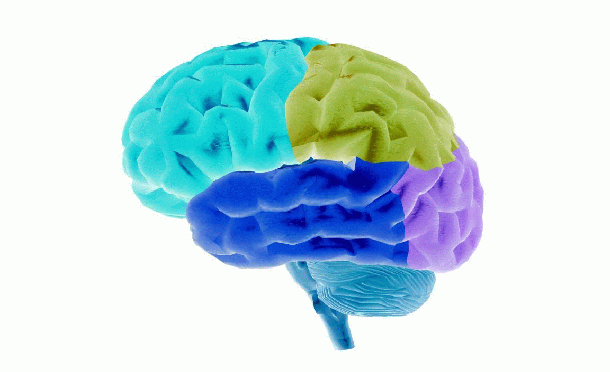
|
Melbourne Brain Genome Project
|
|||||
What is SAGE?
Serial Analysis of Gene Expression (SAGE) provides a rapid and comprehensive approach to the elucidation of quantitative gene expression patterns that does not depend on the prior availability of transcript information Velculescu 1995. Even with the completion of the sequence of the human genome and of a draft of the mouse genome, considerable effort will be required to define all mammalian genes. New methods and ever-increasing numbers of molecules to array make microarrays very much an evolving technology and therefore it can be difficult, if not impossible, to compare between experiments. SAGE is a high throughput method for quantifying the expression of large numbers of genes. SAGE works by two principles Velculescu 1995: first, a short tag of 10 bp acts like a bar-code, containing sufficient information to distinguish between 1,048,576 transcripts provided the tag is taken from a defined position in the mRNA; second, by joining the tags together for sequence analysis, SAGE provides for rapid and automatable data collection and analysis Velculescu 1995. Unlike microarrays, SAGE is truly global by design. Using SAGE, all transcripts containing the 4 bp anchoring enzyme site (NlaIII sites occur, on average, every 211 bp - more frequently than the predicted 256 bp interval) have a probability of detection which is directly proportional to the abundance of the mRNA in the cell. The number of SAGE tags sequenced can be adjusted to ensure that even very rare transcripts are represented and there is a high probability that these rare transcripts will correspond to previously unknown genes. Recent experiments from the Tan and Scott laboratories and others (Gunnersen 2000, Chrast 2000) provide ample evidence that SAGE is a powerful method for quantitative comparison of gene expression changes between different mRNA samples and gene discovery.
Website comments to